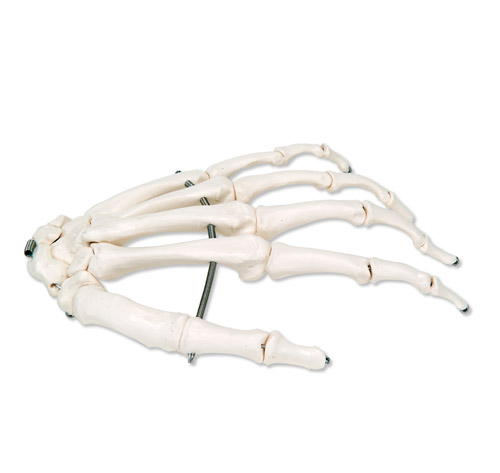Humans have two hands, the same as other primates such as monkeys, chimpanzees and lemurs. The hands are anatomically described as prehensile, multi-fingered extremity with two opposable thumbs located at the end of the forelimbs.
The human hands have five fingers, although in some peculiar cases, there is an additional finger or fingers either in one hand or in both hands. They are regarded as deformities. Humans are usually not born with less than five fingers on either hand unless there has been some pre-birth complication. Premature babies may have some deformities but a normal baby will be born with five fingers in both hands.
In general or normal jargon, hand is the part of the body stretching from the wrist to the tip of every finger.
Anatomy Of Human Hands
The human hand is made up of 28 bones, muscles, tendons and has the maximum density of nerve endings compared to other parts of the body. The fingers have three bones, known as the phalanges. The bone at the tip of any finger is the distal phalange, the bone in the middle part of any finger is known as middle phalange and the bone at the bottom end of every finger is known as proximal phalange.
Each finger is connected to the base of the wrist by a bone known as the metacarpus. Collectively, these connecting bones are known as metacarpals. The metacarpals have a base of 8 bones known as trapezoid, trapezium, capitate, scaphold, lunate, pisiform, triquetral and hamate. The hand ends at the wrist and is connected by two bones, the larger one is known as radius and the relatively slimmer one is known as ulna.
The human hands have relatively tougher and thicker skin compared to other parts of the body, they have nails at the tips and also contain several ligaments.
Common Issues With Human Hands
Human hands are one of the most worked bodily parts. Almost every human task, other than sleeping and resting or sitting requires the movement of the hands. Whether you are cooking or walking, working or eating, you need the human hands. Since they are so worked up all the time, there are some common issues with human hands.
Injuries to the hands can result in fractures, broken bones, dislocations, ruptured ligaments and deformity among others. Mild injuries can get healed without any medical intervention but major ones will call for immediate medical response. Hands can also get burned upon touching very hot items.
Carpal tunnel syndrome is one of the most common issues with human hands. Several nerves pass through the carpal tunnel which is an area connecting the hand to the wrist and to the forearm. If any of the nerves present are compressed or damaged then one develops carpal tunnel syndrome. Once affected, you will feel numbness in your fingers, there may be considerable or unnoticeable pain in the area and you may have some other symptoms as well.
Other common issues with human hands include osteoarthritis, tendinitis and musculoskeletal disorders of the thumb and fingers.
